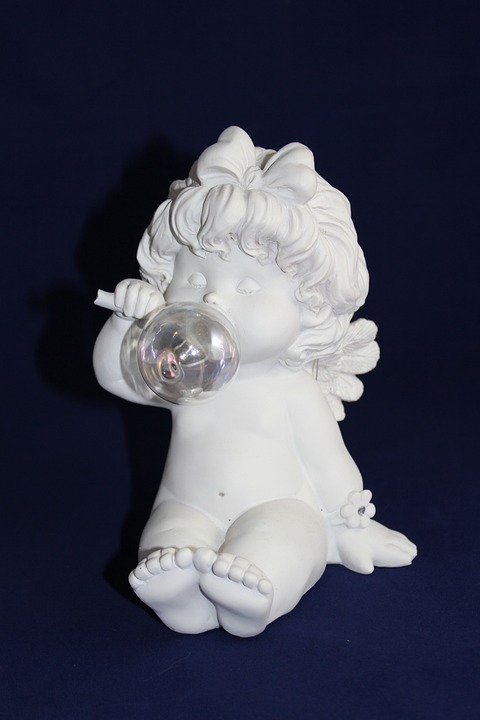Maintaining a disease-resistant fish tank is crucial for the overall health and well-being of your aquatic pets. In this ultimate guide, we will explore essential tips and techniques for ensuring your fish thrive in a stress-free and safe habitat.
Understanding the Importance of Disease Prevention:
Diseases can have a significant impact on the health of your fish, leading to illness and even death. By preventing diseases, you can ensure the longevity and well-being of your fish. Disease prevention also saves you time, money, and the emotional distress of dealing with sick fish.
Creating and Maintaining Optimal Water Conditions:
A. Proper Filtration System:
Having the right filtration system is essential for maintaining a disease-resistant fish tank. Different types of filtration systems, such as mechanical, biological, and chemical filters, play a crucial role in removing debris, harmful chemicals, and maintaining water quality. Regular filter maintenance, including cleaning or replacing filter media, is necessary to ensure optimal performance.
B. Water Quality Parameters:
Monitoring and maintaining the right water parameters is vital for fish health. Temperature, pH levels, ammonia, nitrite, and nitrate levels should be regularly tested and adjusted if necessary. Keeping these parameters within the appropriate range ensures a healthy environment for your fish.
C. Water Changes and Cleaning:
Regular water changes help remove accumulated toxins and waste products from the tank. The frequency and volume of water changes depend on the size of the tank and the number of fish. Cleaning techniques for aquarium surfaces and decorations should be gentle to avoid disturbing beneficial bacteria that contribute to a healthy ecosystem.
Fish Nutrition and Feeding Practices:
A. Balanced Diet:
Understanding the nutritional needs of different fish species is crucial for their overall health. Choose high-quality fish food that provides a balanced diet containing essential proteins, fats, carbohydrates, vitamins, and minerals. A varied diet, including live or frozen foods, helps mimic their natural feeding habits and promotes a healthy immune system.
B. Proper Feeding Techniques:
Overfeeding is a common mistake that can lead to poor water quality and fish health issues. Feed your fish appropriate amounts based on their size and species. Establish a regular feeding schedule to maintain consistency and avoid overfeeding.
Quarantine Tank:
Having a quarantine tank is an essential part of disease prevention. New fish should be quarantined to prevent the introduction of diseases to your main tank. Follow proper quarantine protocols, including observation and treatment if necessary, before introducing new fish to your established aquarium.
Fish Tank Maintenance Routine:
A. Regular Monitoring:
Regularly observe your fish’s behavior and appearance to identify any signs of illness or stress. Early detection allows for prompt action and prevents the spread of diseases.
B. Equipment Maintenance:
Keep your filtration equipment, water heaters, air pumps, and lights clean and in proper working condition. Regular checks and maintenance help prevent equipment malfunctions that can negatively impact fish health.
C. Algae Control:
Preventing algae growth is essential for maintaining a disease-resistant fish tank. Proper lighting and nutrient control can help minimize algae growth. Manual removal and the use of algae-eating fish or invertebrates can also help control algae in the tank.
Disease Prevention Strategies:
A. Proper Fish Introduction:
Quarantine new fish before introducing them to your main tank. Consider compatibility with existing tank inhabitants and avoid introducing sick or stressed fish that may carry diseases.
B. Avoiding Overstocking:
Overcrowding can lead to stress, poor water quality, and increased disease susceptibility. Calculate appropriate fish stocking levels based on the size of your tank and the specific needs of your fish species.
C. Stress Reduction:
Provide hiding spots and a well-planned tank layout to reduce stress for your fish. Maintain a consistent environment by minimizing sudden changes in water parameters, temperature, and tank decorations. Minimize noise and disturbances near the tank to create a stress-free environment.
In conclusion, maintaining a disease-resistant fish tank requires a combination of proper water conditions, nutrition, quarantine protocols, regular monitoring, and disease prevention strategies. By following the guidelines outlined in this ultimate guide, you can ensure the health and longevity of your aquatic pets. Remember, prevention is always better than cure when it comes to fish health.









